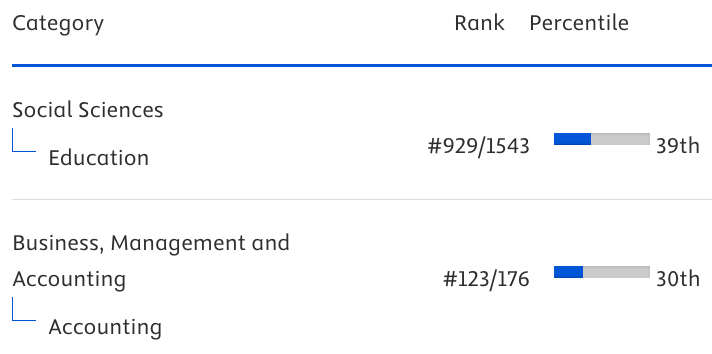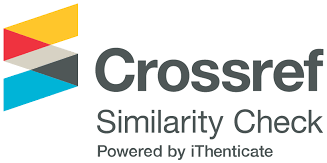Key factors in the sporting and financial success of professional first division football clubs in Spain
Abstract
Purpose: The purpose of this study is to identify the primary sporting and financial variables that drive success for professional football clubs in Spain’s first division. By understanding these determinants, clubs can optimize both sporting outcomes and economic stability, which are essential in today's multimillion-dollar football industry.
Design/methodology/approach: The study adopts a quantitative, empirical design based on secondary data collected from official financial statements and Transfermarkt over ten seasons (2013/2014 to 2022/2023) of Spain’s top-tier football league. The final sample consists of 189 valid observations from 30 clubs. After a descriptive analysis and filtering correlation, the study applies Principal Component Analysis (PCA) to reduce seven explanatory variables into two latent dimensions: SIZE (club size) and FINANCIAL PERFORMANCE. These components are used in an OLS regression model to examine their relationship with sporting success (measured by league points). All statistical procedures were carried out using R software.
Findings: The analysis shows that the size of the club has a significant relationship with sporting success. In other words, clubs with higher revenue, investment in transfers, and a more valuable squad tend to achieve better results in terms of points. On the other hand, financial performance, while important for the club's economic health, is not a determining factor for short-term sporting success. The study also categorizes clubs into four types: those that achieve both sporting and financial success, those that excel in the sporting arena but have poor financial performance, those with financial success but not sporting success, and those that do not achieve good results either on the field or in economic management. This approach allows for the identification of patterns and trends in the strategies relationship between sporting and financial success, providing a useful tool for analyzing football clubs and their management.
Research limitations/implications: The analysis is constrained to Spanish first-division clubs over ten seasons, which may limit the generalization to other leagues or sports with different financial and regulatory contexts. Moreover, the cross-sectional design does not allow for causal inference. Future research could address these issues by applying longitudinal methods and expanding the analysis to other European competitions.
Practical implications: This research provides a tool for club managers and stakeholders to assess the balance between economic management and on-field achievements. The findings support strategic decisions in investment and spending to enhance club sustainability and competitiveness. Likewise, for regulators and policy makers like Laliga (Spain) or UEFA (Europe) this study provides evidence of the limited effect of debts structure in the short term and the significant impact on teams’ results of level of income (in the case of TV rights, the regulators police of distribution is determinant), market value and capex strategy have in teams’ results. Any attempt to impact on fair play or competitive balance should be considered by policy makers.
Social implications: Given the prominent role football plays in European culture, understanding financial and sporting success can impact public and fan perceptions, and influence regulatory frameworks like Financial Fair Play that aim to sustain competitive balance.
Originality/value: In addition to contributing to the limited literature on dual sporting-financial performance, the paper offers a simplified yet rigorous model using PCA to capture latent dimensions, facilitating strategic classification and benchmarking among clubs.
Keywords
Full Text:
PDFDOI: https://doi.org/10.3926/ic.3141
This work is licensed under a Creative Commons Attribution 4.0 International License
Intangible Capital, 2004-2025
Online ISSN: 1697-9818; Print ISSN: 2014-3214; DL: B-33375-2004
Publisher: OmniaScience






